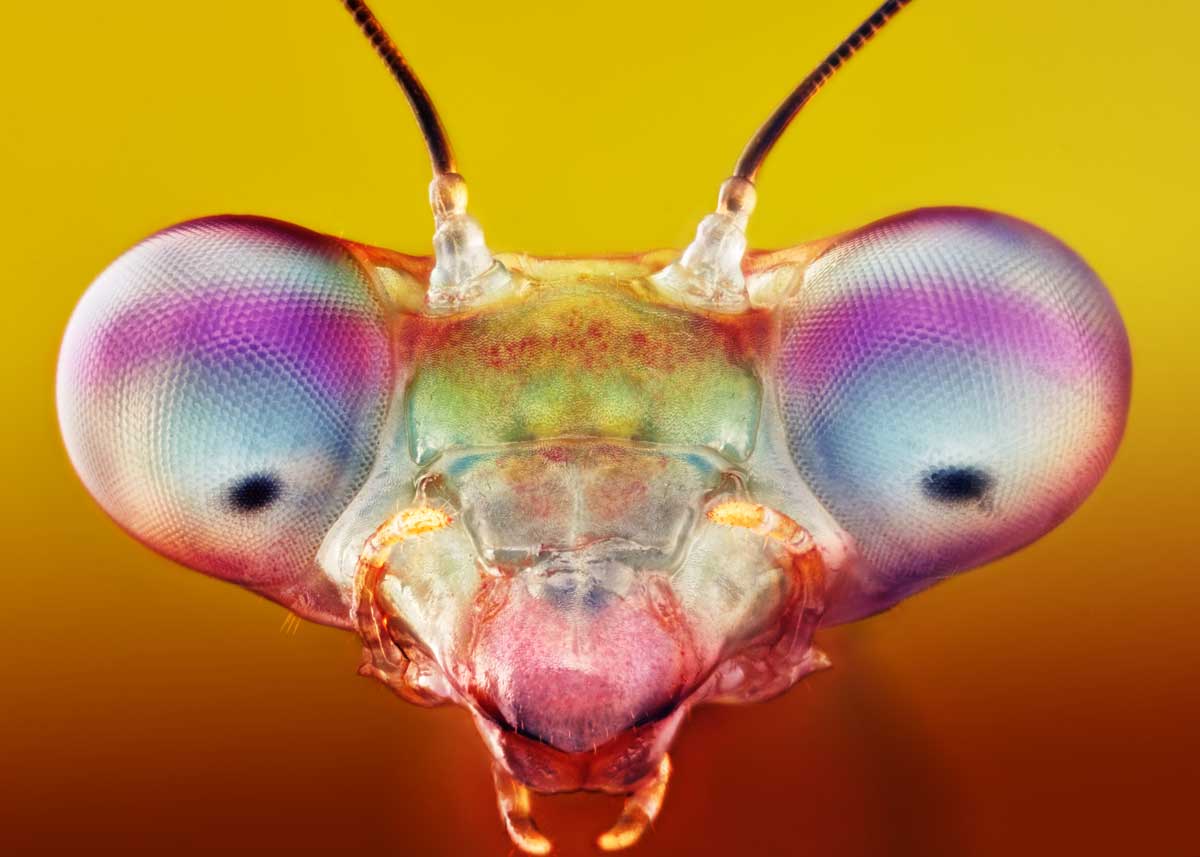Insect anatomy is wildly different than our own. They have exoskeletons around their organs, instead of an endoskeleton. You may wonder how different other aspects of their anatomy is. Do insects have hearts?
Here’s more about insect hearts and how their circulatory systems work.

Do Insects Have Hearts?
Insects do hearts, and they are a major component of the circulatory system. However, their hearts are much different than vertebrate hearts.
Insects have what is called a dorsal vessel. It is a tube that reaches along the thorax and abdomen inside the body. This structure is in charge of moving hemolymph (insect blood) from the abdomen into the head.
It performs a similar function to a vertebrate heart. So, it is called a heart within the abdomen part of the insect. This organ can have several chambers, with divisions all along the axis of the insect.
Some insects, such as cockroaches, have a heart divided into 13 chambers.
The heart functions thanks to alary muscles that run along the walls of the chambers. These muscles contract and move the hemolymph throughout the chambers.
After the heart pumps the hemolymph to the head, it flows through the body cavity after the ostia opens. The hemolymph flows over the organs and muscles, delivering any needed nutrients and other chemicals.
One task the insect heart does not perform that the mammal heart does is adding oxygen to the blood. Instead, insects get their oxygen from the tracheal system.
An insect’s heart can beat anytime between 30 and 200 beats per minute, depending on the species. Several factors can affect how quickly an insect’s heart beats.
Some of those variables include temperature, parasite presence, and stress.
How Does the Insect Circulatory System Work?
Circulatory systems in insects vary slightly between species. However, there are a few main components of all insect circulatory systems. Those elements are the heart, hemolymph, and the body cavity.
At a basic level, the heart beats, pumping the hemolymph throughout the body cavity (the hemocoel).
- Hemolymph is the insect version of blood. It does not carry oxygen, as it contains no hemoglobin. It is mostly plasma, also containing essential chemicals. Insect circulatory systems are open, meaning the hemolymph does not travel throughout the body via vessels like it would in a closed circulatory system.
- Instead, the substance travels throughout the body cavity, carrying nutrients, salt, and hormones. It also carries waste, kills parasites, and clots injuries. The hemolymph of some insects contains chemicals that drive away predators. Hemolymph can also help some species thermoregulate.
- Besides all those actions performed by blood, its presence also provides hydrostatic pressure in the body, which is the result of the heart beating. Hydrostatic pressure helps molting, growth, reproduction, and hatching,
Final Thoughts
So, it turns out insects do have a heart. However, their hearts differ greatly from mammalian hearts. While the function and anatomy of these organs differ, they perform the main basic tasks. Both the insect heart and mammalian hearts pump an important substance throughout the body.
- About the Author
- Latest Posts
Bryan Haines is a co-founder and writer at The Buginator. And is working to make it the best resource for taking back the outdoors from biting, stinging pests.
He also blogs about travel at Storyteller.Travel and photography at Storyteller Tech. Bryan is a partner at Storyteller Media, a publishing company he runs with his wife, Dena.
